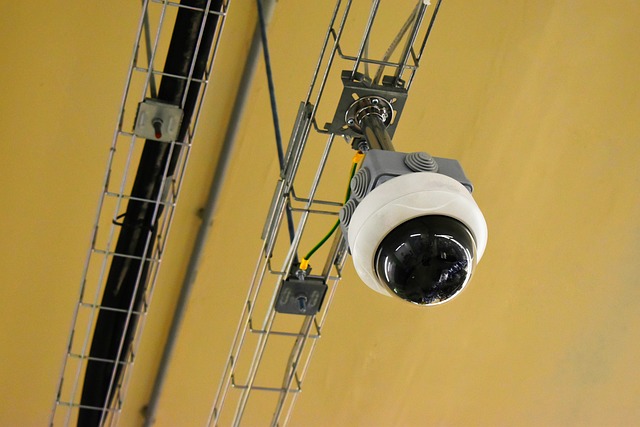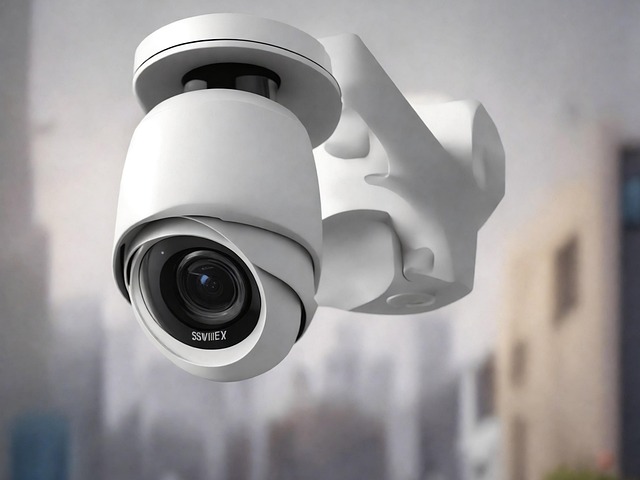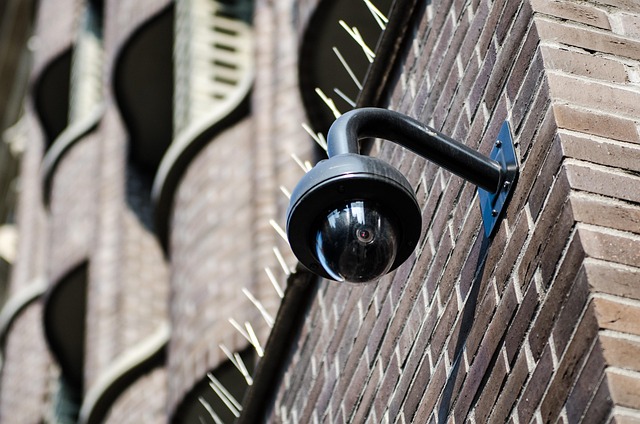In the digital era, smart home security integrates convenience and protection seamlessly, addressing traditional fragmented systems. Key features include interconnected devices, automated responses, remote control via apps, 24/7 surveillance, facial recognition, and smart notifications. Centralized control enhances peace of mind, enabling instant alerts for threats. Interoperability among diverse devices from various manufacturers and user-friendly design are challenges to be overcome, with standardization protocols like Matter aiming to facilitate compatibility. Future advancements in AI and machine learning will empower systems to adapt and provide personalized protection, ensuring homes become intelligent and secure fortresses.
In today’s digital age, the seamless integration of smart home security features is no longer a luxury but a necessity. As homes become increasingly connected, ensuring both convenience and safety demands a cohesive approach. This article explores the intricate world of smart home security, focusing on its integral components, benefits, and future prospects. We delve into understanding the pressing need for seamless integration, dissecting challenges, and offering solutions to make your home secure without compromising comfort.
- Understanding the Need for Seamless Smart Home Security Integration
- Key Components of a Successful Smart Home Security System
- Benefits of Seamless Integration for Homeowners
- Challenges and Solutions in Achieving Seamless Integration
- Future Trends in Smart Home Security: Ensuring Seamlessness Today and Tomorrow
Understanding the Need for Seamless Smart Home Security Integration

In today’s digital era, the concept of a smart home has evolved beyond mere convenience to encompass essential aspects of daily life, including robust security measures. The need for seamless smart home security integration is paramount as homeowners seek comprehensive protection while maintaining ease of use. Traditional security systems often fall short in this regard, leading to fragmented and less-than-ideal setups. With the rise of interconnected devices and automation, a unified smart home security solution becomes not just desirable but necessary.
Seamless integration promises a holistic approach, where every security feature—from motion sensors and cameras to access control and automated responses—works in harmony. This connectivity allows for centralized control, real-time monitoring, and efficient management of potential threats. By eliminating the silos that plague many traditional systems, smart home security achieves a new level of effectiveness, providing peace of mind and enhanced safety for residents.
Key Components of a Successful Smart Home Security System

The key components of a successful smart home security system are interconnectedness and automation. At the heart of any effective setup is a central hub or control panel that acts as the command center, allowing users to monitor and control various devices remotely via a smartphone app or voice assistant. This ensures accessibility from anywhere at any time, enhancing peace of mind.
Cameras, sensors, and alarms are vital elements, providing round-the-clock surveillance and early detection of potential threats. Advanced systems offer motion detection, facial recognition, and smart notifications, enabling quick response times. Additionally, integrating smart locks and automated lighting can deter intruders and create the illusion of occupancy, adding another layer of security.
Benefits of Seamless Integration for Homeowners

Seamless integration of smart home security features brings numerous benefits to homeowners, enhancing both their peace of mind and lifestyle. By integrating various security devices such as cameras, motion sensors, and door locks into a unified system, users can enjoy centralized control through intuitive mobile apps. This means they can monitor and secure their homes from anywhere, receiving instant alerts when potential threats arise.
Moreover, seamless integration optimizes the functionality of smart home security. Devices that communicate effectively with each other can coordinate responses more efficiently, for example, automatically locking doors and activating alarms upon detection of unusual activities. This holistic approach not only reinforces physical security but also contributes to a safer, more connected living environment.
Challenges and Solutions in Achieving Seamless Integration

Achieving seamless integration of smart home security features presents several challenges, one of the primary being interoperability among diverse devices and platforms. As smart homes increasingly rely on a mesh of hardware from various manufacturers—each with its own communication protocols and software interfaces—ensuring these components work harmoniously can be complex. Standardization efforts are crucial in this regard, with protocols like Matter gaining traction to promote universal compatibility among smart home devices.
Another significant challenge is user experience. Complex setup processes, inconsistent interfaces, or limited control options can deter users from fully adopting and benefiting from their smart security systems. Solutions lie in intuitive design, simple installation procedures, and consistent user interfaces across devices and platforms. Manufacturers are increasingly focusing on making these systems more user-friendly, with voice control integration and centralized control apps becoming common features.
Future Trends in Smart Home Security: Ensuring Seamlessness Today and Tomorrow

The future of smart home security promises a seamless fusion of technology, convenience, and safety. As advancements in artificial intelligence (AI) and machine learning continue to evolve, we can expect smarter, more adaptive security systems. These systems will not only detect intrusions but also learn patterns, differentiate between familiar faces, voices, and behaviors, ensuring a more personalized and efficient response. Homeowners will benefit from real-time analytics and predictive alerts, allowing them to stay ahead of potential threats.
Seamless integration is key to the success of these future trends. Smart home security devices must communicate effectively with each other and be compatible across various platforms. This requires standardized protocols and open communication systems that enable devices from different manufacturers to work in harmony. By ensuring seamlessness today, we lay the foundation for a secure tomorrow, where homes become intelligent fortresses, adaptable to evolving technologies and threats.
The seamless integration of smart home security features is not just a convenience, but a necessity for modern living. By combining advanced technology with intuitive design, homeowners can enjoy enhanced safety and peace of mind. As we look to the future, continuous innovations in smart home security promise to make our homes even more secure and connected. Embracing these trends today ensures a seamless experience tomorrow, empowering us to protect what matters most.
